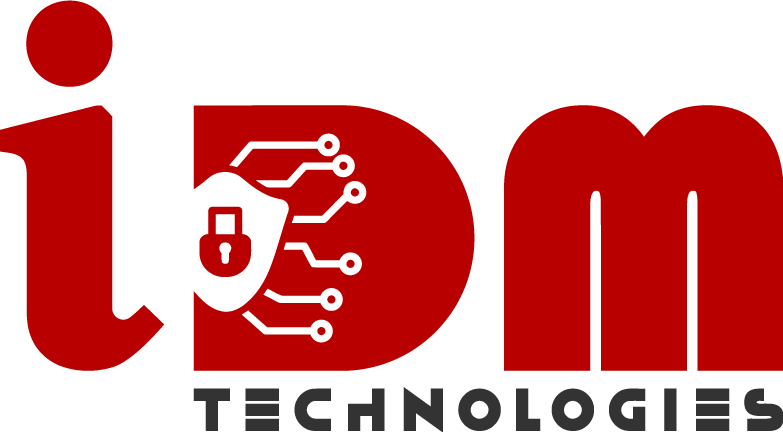Unraveling the Distinctions: IAM vs CIAM – A Comprehensive Guide

Introduction
In the dynamic landscape of digital identity management, two terms that often surface are Identity & Access Management (IAM)) and Customer Identity & Access Management (CIAM). While they share similarities, understanding the nuances between IAM and CIAM is crucial for businesses looking to fortify their online presence. In this blog post, we will delve into the key differences, highlighting the significance of CIAM in today’s customer-centric era.
IAM vs CIAM

Introduction
In the dynamic landscape of digital identity management, two terms that often surface are Identity & Access Management (IAM)) and Customer Identity & Access Management (CIAM). While they share similarities, understanding the nuances between IAM and CIAM is crucial for businesses looking to fortify their online presence. In this blog post, we will delve into the key differences, highlighting the significance of CIAM in today’s customer-centric era.
IAM vs CIAM
What is IAM?
IAM, or Identity & Access Management, is a broad term encompassing strategies and technologies designed to ensure secure access to an organization’s systems and data. Traditionally, IAM has been internal-facing, focusing on managing employees’ access to resources within an enterprise. It involves authentication, authorization, and privilege management to safeguard sensitive information.
Unveiling CIAM
CIAM, on the other hand, stands for Customer Identity & Access Management. As the name suggests, it has a more customer-centric focus. CIAM is an evolution of IAM tailored specifically to meet the unique needs of businesses interacting with external users, such as customers, partners, and vendors. The primary goal of CIAM is to enhance user experience while maintaining robust security protocols.
Key Differences: IAM vs CIAM
User Scope
- IAM: Primarily concerned with managing the identities of employees, ensuring they have the right access to organizational resources.
- CIAM: Targets external users, optimizing their digital interactions with a brand, and delivering a seamless experience across various touchpoints.
Authentication Methods
- IAM: Typically relies on traditional username/password combinations, often complemented by multifactor authentication (MFA) for added security.
- CIAM: Embraces a wider array of authentication methods, including social logins, biometrics, and Single Sign-On (SSO), accommodating the diverse preferences of customers.
Use Cases
- IAM: Commonly employed within enterprises for workforce identity management, securing internal systems, and streamlining employee access.
- CIAM: Applied in customer-facing scenarios, enhancing registration processes, personalization, and managing user consent, ensuring a frictionless experience for end-users.
Scalability
- IAM: Built to scale with the organization’s internal workforce, accommodating growth in employee numbers and access requirements.
- CIAM: Designed for dynamic scalability to manage fluctuations in customer volumes, crucial for businesses with varying demand for their products or services.
Why CIAM Matters?
In the era of digital transformation (DT), where customer experience (CX) reigns supreme, CIAM emerges as a strategic asset for businesses. By prioritizing user-friendly interfaces, diverse authentication methods, and robust security measures, CIAM ensures that customers feel secure and valued throughout their interactions with a brand.
Conclusion
IAM and CIAM may share the same acronym, but their objectives and scopes differ significantly. While IAM focuses on internal workforce identity management, CIAM takes the reins in the customer-centric realm. As businesses increasingly recognize the importance of delivering exceptional digital experiences, adopting CIAM becomes a pivotal step in building trust, loyalty, and long-term customer relationships. Stay tuned for more insights into the evolving landscape of Identity & Access Management (IAM).
